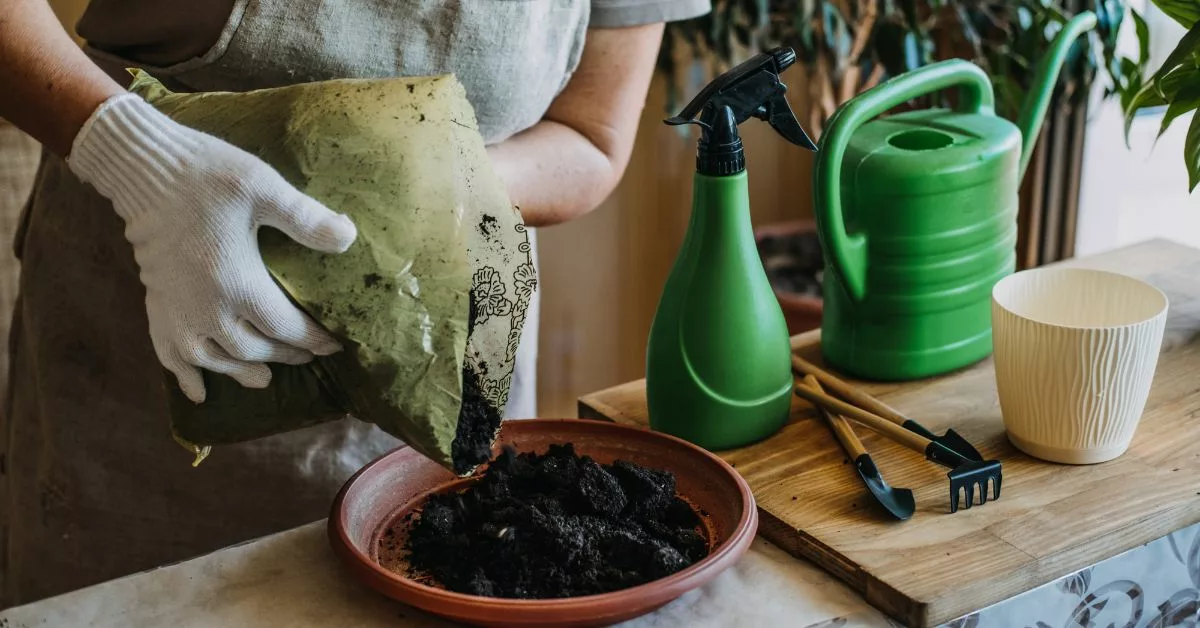Planting plants properly is crucial for their successful growth and development. Here’s a guide with tips on planting plants in the UK:
Before Planting:
-
Site Selection:
- Choose a planting site that matches the sunlight and soil requirements of the specific plant.
- Consider factors like drainage, exposure to wind, and proximity to other plants.
-
Soil Preparation:
- Test the soil to determine its pH and nutrient levels.
- Amend the soil with organic matter like compost to improve fertility and structure.
-
Plant Selection:
- Choose healthy plants from reputable nurseries or garden centres.
- Consider the mature size of the plant and ensure it fits the available space.
Planting Process:
-
Timing:
- Plant during the appropriate season for each type of plant. Spring and autumn are generally ideal for most plants.
- Avoid planting during extreme weather conditions.
-
Planting Hole:
- Dig a hole that is twice as wide as the plant’s root ball and slightly shallower than the depth of the container.
- Loosen the soil at the bottom of the hole to encourage root penetration.
-
Root Ball Preparation:
- Gently loosen the roots if they are circling the root ball.
- If the plant is in a container, water it thoroughly before planting to ensure the soil sticks together.
-
Placement in the Hole:
- Place the plant in the centre of the hole, ensuring it sits at the same level as it was in the container or nursery bed.
- Backfill the hole with soil, pressing it down gently to eliminate air pockets.
-
Watering:
- Water the plant immediately after planting to settle the soil around the roots.
- Provide sufficient water during the establishment period, especially during dry spells.
After Planting:
-
Mulching:
- Apply a layer of mulch around the plant to retain moisture, suppress weeds, and regulate soil temperature.
- Leave a gap around the stem to prevent rot.
-
Staking (if needed):
- Stake tall or top-heavy plants to provide support until they establish strong root systems.
- Use soft ties to avoid damaging the plant.
-
Fertilising:
- Fertilise according to the specific needs of the plant.
- Avoid over-fertilising, especially for young plants.
-
Pruning (if needed):
- Prune damaged or dead branches after planting to encourage healthy growth.
- Follow specific pruning guidelines for each plant type.
-
Monitoring:
- Regularly monitor the plant for signs of pests, diseases, or nutrient deficiencies.
- Take prompt action to address any issues.
-
Establishment Period:
- Allow the plant time to establish itself before expecting vigorous growth and flowering.
- Be patient and provide consistent care during the initial stages.
-
Ongoing Care:
- Continue regular watering, especially during dry periods.
- Prune, deadhead, and fertilise as needed based on the plant’s requirements.
By following these guidelines and adapting them to the specific needs of each plant, you’ll increase the chances of successful establishment and long-term health in your garden. Always refer to plant-specific recommendations and local conditions for the best results.
